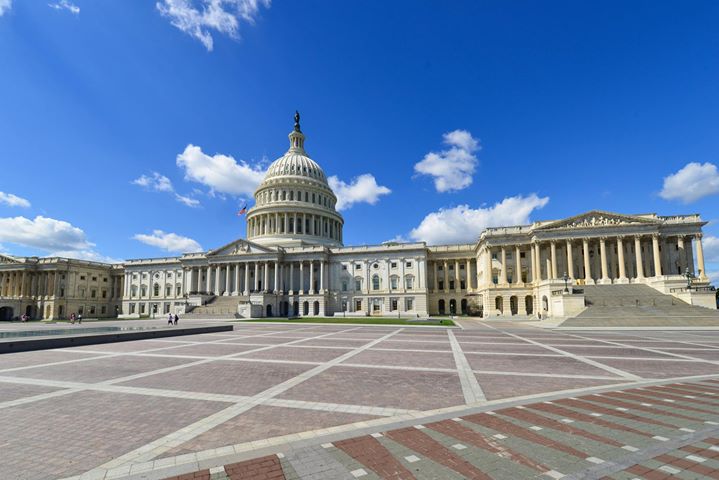S. 893 – Energy Productivity Innovation Challenge (EPIC) Act of 2015

S. 893 – Energy Productivity Innovation Challenge (EPIC) Act of 2015
The Energy Productivity Innovation Challenge (S. 893), or EPIC Act, of 2015 was introduced in the U.S. Senate by Alliance Honorary Board Member Sen. Mark Warner (D-Va.) on March 26, 2015. This legislation was originally introduced as an amendment (S.Amdt. 1954) to S. 1392, the Energy Savings and Industrial Competitiveness Act, in 2013.
Summary
This bill would establish a competition to facilitate energy policy innovation in states to promote the goal of doubling electric and thermal energy productivity by January 1, 2030. This bill consists of two phases. Phase 1 focuses on initial allocation of grants to states and tribes, and Phase 2 focuses on subsequent allocation of grants to states and tribes.
Key Provisions
Phase 1
The Secretary of Energy would invite states to submit plans to participate in the challenge and would select no more than 25 states to receive a grant. The Secretary would rank revised plans in order of greatest to least likely to contribute to improving energy productivity in the state and then would provide grants in accordance with the ranking, scale, and scope of a plan. Tribes would also be considered for grants based on applicable plans for continuing improvements and the relative size of the tribe.
Plans must include assurances that the state energy office, energy utilities, and state public service commission will cooperate and coordinate programs and activities, as well as coordinate with local units of government, tribes, and energy utilities to expand programs as appropriate. Grants would be used to supplement and not supplant federal, state, or ratepayer-funded programs or activities.
A state would be able to use the grant to promote different areas, including expanding policies and programs that would advance energy efficiency in various sectors and implement best practices and tools for residential retrofit programs. State activities involving both facilities and vehicle fleets could be a model for other actions to promote energy efficiency and could be expanded with these federal grants.
Phase 2
Each state that receives a grant would have to submit a report describing the performance of the programs and activities carried out using the grants and how additional funds would be used to carry out relevant programs and activities. From these reports, the Secretary would provide grants to up to six states to carry out the programs and activities described. The Secretary would base the decision on several factors, such as the performance of the state in programs and activities carried out with the initial grant, plans for continuing improvements after receiving grants, and the state’s effort to involve diverse groups, including local governments and non-profit organizations.
STAY EMPOWERED
Help the Alliance advocate for policies to use energy more efficiently – supporting job creation, reduced emissions, and lower costs. Contact your member of Congress.
Energy efficiency is smart, nonpartisan, and practical. So are we. Our strength comes from an unparalleled group of Alliance Associates working collaboratively under the Alliance umbrella to pave the way for energy efficiency gains.
The power of efficiency is in your hands. Supporting the Alliance means supporting a vision for using energy more productively to achieve economic growth, a cleaner environment, and greater energy security, affordability, and reliability.



